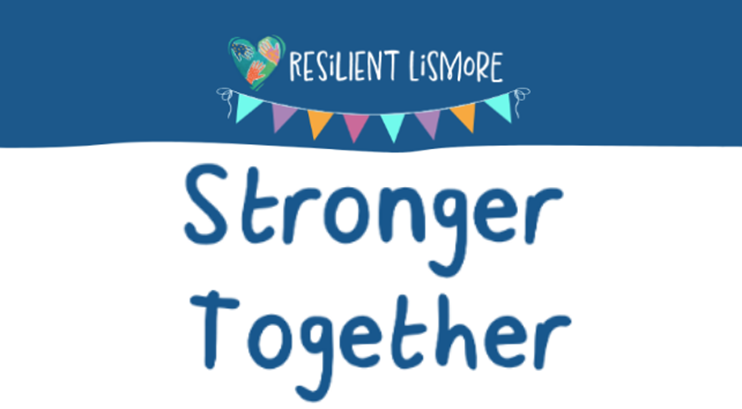Helping each other is part of what makes a community strong. Across Australia, many people face challenges such as financial stress, mental health struggles, disability, or social isolation. This is where community support programs step in. These programs provide the help and resources people need to improve their quality of life. They not only offer direct assistance but also create a sense of belonging and hope for the future.
One of the most effective ways communities achieve this is through a Community Support Program (CSP). These programs are designed to help individuals and families access support services, build skills, and connect with others in similar situations. Whether it is housing help, counselling, or job training, CSP initiatives play a vital role in creating stronger, healthier communities.
What Are Community Support Programs?
Community support programs (CSP) are organised services aimed at helping people who are facing difficulties. They are often run by local councils, charities, or non-profit organisations. These programs can cover many areas, including mental health, disability support, education, and housing.
They focus on meeting the needs of the community by offering practical assistance and emotional support. This might include financial advice, food banks, therapy sessions, or even social activities that reduce loneliness. The goal is not only to provide immediate help but to empower people to live better, more independent lives.
The Importance of CSP in Australia
In Australia, the need for strong support networks is growing. Rising living costs, health issues, and natural disasters have left many people vulnerable. The Community Support Program helps bridge gaps where traditional services may fall short. By offering targeted support, these programs help individuals overcome barriers and take steps towards stability and self-reliance.
For example, some CSP initiatives assist new migrants with language training and employment support. Others focus on people recovering from addiction by connecting them with counselling and safe housing. These services reduce stress on emergency systems while giving people the tools to rebuild their lives.
Types of Services Offered
CSPs provide a wide range of services depending on the needs of the community. Some of the most common include:
- Mental health support: Counselling, therapy, and crisis helplines.
- Housing assistance: Help with finding and maintaining safe accommodation.
- Financial support: Guidance on managing money, paying bills, and accessing benefits.
- Job training and employment help: Skills programs and job placement services.
- Youth programs: Mentorship, education, and recreational activities for young people.
- Support for seniors: Social groups, home care, and wellness checks.
- Aid for people with disabilities: Assistance with daily living, accessibility, and inclusion.
These services are often free or low-cost, making them accessible to those who need them most.
How CSPs Change Lives
The impact of a community support program goes beyond the services it offers. Many people who access these programs report feeling more confident, less isolated, and better equipped to handle challenges.
For example, a single parent who joins a CSP may receive childcare support, access to education, and job opportunities. Over time, this helps them become financially independent and able to provide a stable environment for their children.
Similarly, an elderly person who joins a social support group may find new friends and a renewed sense of purpose, reducing the risk of depression and loneliness.
These stories show that when people are supported, they are more likely to thrive and contribute positively to their community.
The Role of Volunteers and Local Organisations
CSPs often rely on volunteers and local organisations to function effectively. Volunteers provide their time and skills to support others, while community groups work together to deliver services. This collaboration strengthens social bonds and ensures that resources are used where they are needed most.
Local councils, charities, and non-profits also play a key role in funding and managing these programs. Their involvement ensures that services remain consistent and responsive to changing community needs.
How to Access a Community Support Program
Accessing a CSP in Australia is usually straightforward. People can reach out to local councils, community centres, or welfare organisations to find available services. Many programs also have websites where you can learn more about eligibility, services offered, and how to register.
If you or someone you know is struggling, do not hesitate to seek help. These programs exist to provide support, not judgement.
Why Supporting CSPs Matters
Community support programs rely on funding and public awareness to continue their work. Supporting these programs through donations, volunteering, or advocacy helps ensure that they remain available for everyone who needs them. Even spreading the word about local services can make a difference.
By understanding and supporting these initiatives, we can all contribute to positive change. Whether you seek help, offer your time, or simply spread awareness, every effort counts. Together, we can create communities where everyone has the opportunity to thrive.

